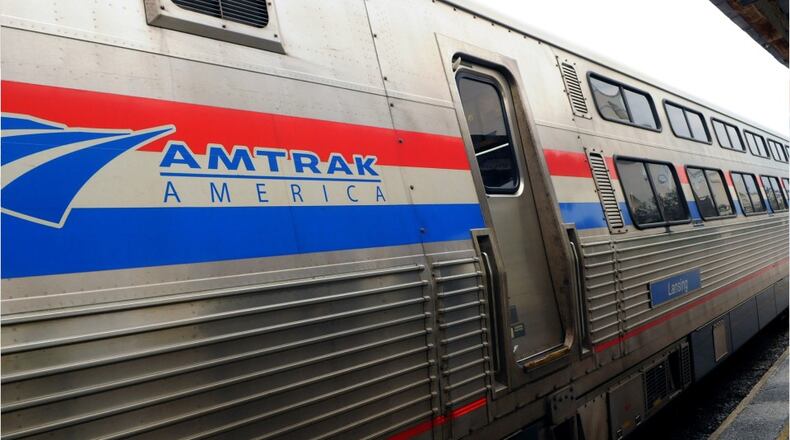The project would require Congress to approve a surface transportation bill, and backing by state lawmakers. The plan potentially has two backers, President Joe Biden and Pete Buttigieg, the president’s nominee for Transportation Secretary, who are self-described “rail enthusiasts.”
Amtrak’s proposal requires no up-front funding from the state, though Ohio would gradually assume operational funding responsibilities, said Stu Nicholson, executive director for the transportation advocacy group All Aboard Ohio.
“They’ve done tweaks to different routes, and things like that, but there’s never been a national policy to go out and say, ‘Look, we want to provide more trains and more corridors, and serve more cities and more people.’ This is a first,” Nicholson said.
In addition to potentially returning passenger rail to the middle of the state, new passenger services “almost immediately get development around station stops. This goes hand-in-hand with the introduction of passenger rail service.” That means new businesses and new jobs, he said.
The proposal will also have an unintended benefit to the environment: fewer vehicles on the road.
“Activities that businesses engage in to improve their sustainability, and their bottom line, can also be very, very good for the planet,” said Jane Harf, executive director of Green Energy Ohio. “Public transportation is a huge part of the kind of change that we in this country need to see in order to reduce our dependence on oil, and in order to reduce emissions from transportation sources.”
Public transportation, like trains, buses and subways, is one way to accomplish that, she said.
Nicholson said southwest Ohio and the Miami Valley are going to be “big winners” in the proposal.
“The revival of the 3C route is the one that impacts the Cincinnati and Dayton area, as does the proposed extension of a corridor between Chicago and Indianapolis down to Cincinnati. You’re looking at two more trains per day in addition to the service that Amtrak already has with the Cardinal (route),” he said
A decade ago, Nicholson worked on the original 3C plan when he was with the Ohio Rail Development Commission. Then, the plan was projected to carry around 478,000 people per year, according to a September 2010 article by the Associated Press.
“I think the ridership is there,” said Nicholson, adding the corridor hasn’t been served with passenger rail since 1971.
Around 60 percent of the state’s population is within this corridor that includes Cincinnati, Dayton, Columbus and Cleveland — four of the six most populous cities in Ohio.
“Ohio is very fortunate to have five routes being proposed by Amtrak in their current funding bill,” Nicholson said.
Amtrak, or the National Railroad Passenger Corporation, is a quasi-public corporation passenger railroad service that provides intercity services within the United States. Amtrak serves operates more than 300 trains daily, serving nearly 87,000 passengers a day.
About the Author

